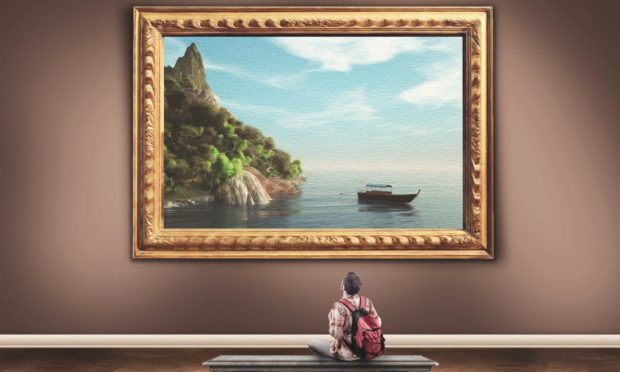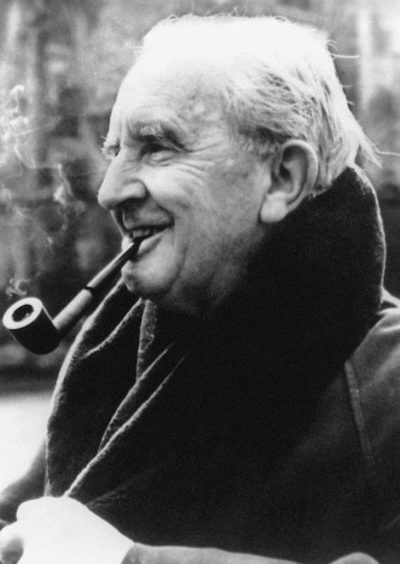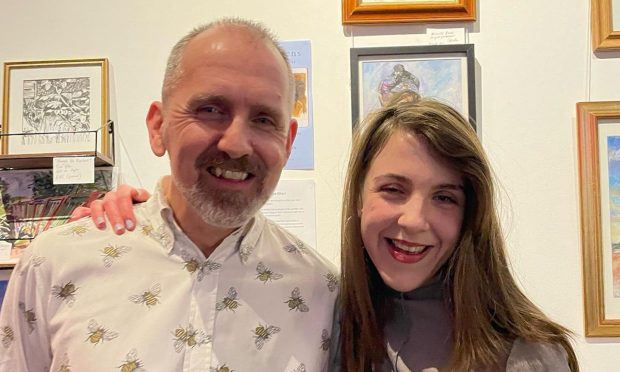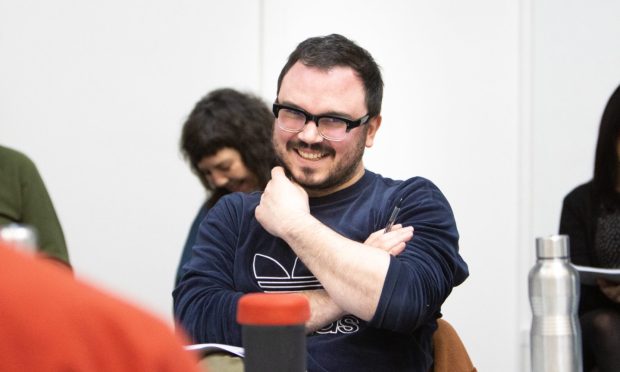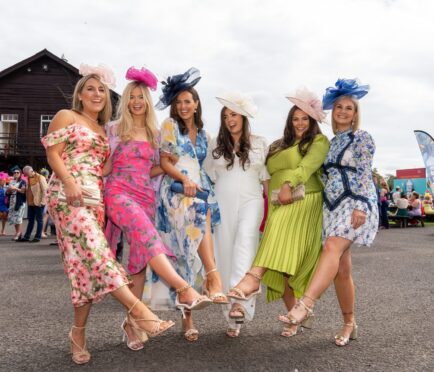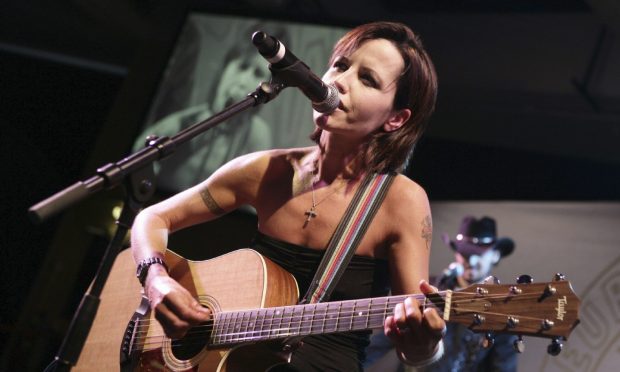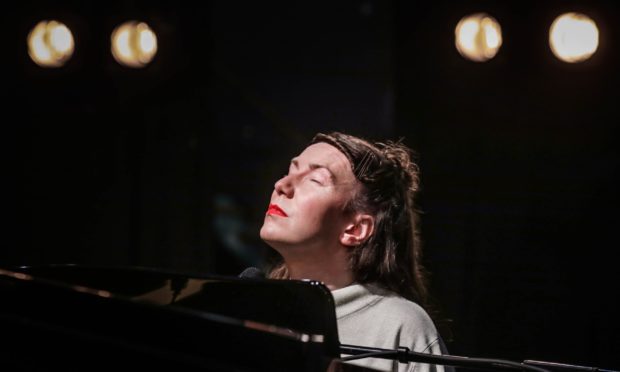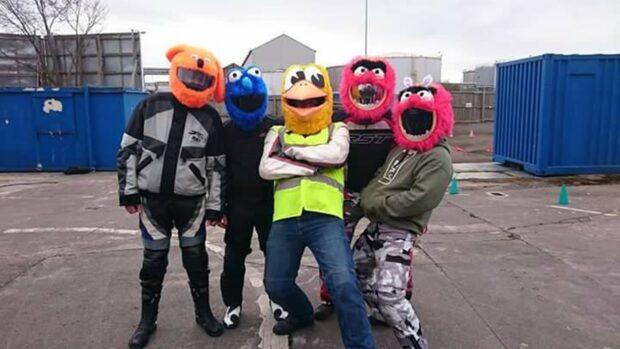Here’s a little hobby I’ve developed, almost inadvertently: collecting art online. It started, like everything good, with The Lord of the Rings and other Tolkien books.
These books have sparked a massive catalogue of artworks based on the characters and scenes. I’m particularly fond of works by John Howe and Ted Nasmith, who have created hundreds of wonderful pictures.
Even more particularly, I like depictions of my heroes Beorn (who, as you know, can change shape into a bear) and Tom Bombadil (“a merry fellow; bright blue his jacket is and his boots are yellow”). But I also like representations of the bucolic Shire and of Rivendell and the Elves. Don’t judge me.
To my delight, I found you could copy internet images of the artworks, from Wikipedia (and Wikiart) or specialist art websites, and save them in your own computer files. Then you can fill your screen with the images and even zero in on detail. It really is marvellous.
Disturbingly enough, however, there is life beyond The Lord of the Rings. Randomly, I began to find artists with whom I was unfamiliar, painters of bucolic or small town or railway scenes, almost all of them English and from the first half of the 20th Century, before art and classical music went doolally.
If I had to pick one year in particular, there’s something about that warm, peaceful summer of 1939 that always attracts me. It was the calm before the storm, but the countryside seemed particularly beautiful, almost a last hurrah before, post-war, the process of large-scale monoculture began and hedgerows were ripped out.
Oddly enough, like another hero of mine, the nature poet John Clare, in the 18th and 19th Centuries I’d have passionately opposed the original border-hedging of fields in the “enclosure” movement, which put public land in private hands. It looks nice but was designed to keep people out. But, then, if you didn’t keep them out, how could anything grow? And, as I say, the patchwork mosaic looks pretty. Life is complicated.
And life is beautiful, at least as depicted by many artists, particularly their unassuming scenes of fields, woods, gardens, greenhouses, shop fronts, townscapes, signal boxes, cottages, chairs and picnic baskets. The artists I collect include Algernon Newton, David Gentleman, Ronald Lampitt, and William Ratcliffe. I also have a thing for the 19th and early 20th Century Swedish painters Carl Larsson and August Malmström, particularly the former’s colourful interiors before today’s clinical white-and-grey Scandi palaver.
A recent discovery has been Eric Ravilious, whose country scenes are a joy. There’s one on Wikiart of the RNAS Sick Bay at Dundee (1941) if anyone has a particular interest in that.
The beauty of all this art online is that you don’t have to leave the hoose for the scary ootside world. In particular, I’ve never been comfortable in art galleries: bit middle-class; not for the likes of me. I get worried that someone will start asking me questions.
That said, there’s still a place for art on one’s walls, and I’ve ordered a few prints for mine. You don’t want to do everything through a computer screen all the time and, perhaps in the middle of a busy or stressful day, noticing a lovely little artwork in passing can bring a brief flutter of joy.
More in this series:
Stepping out of the front door into a completely different world
